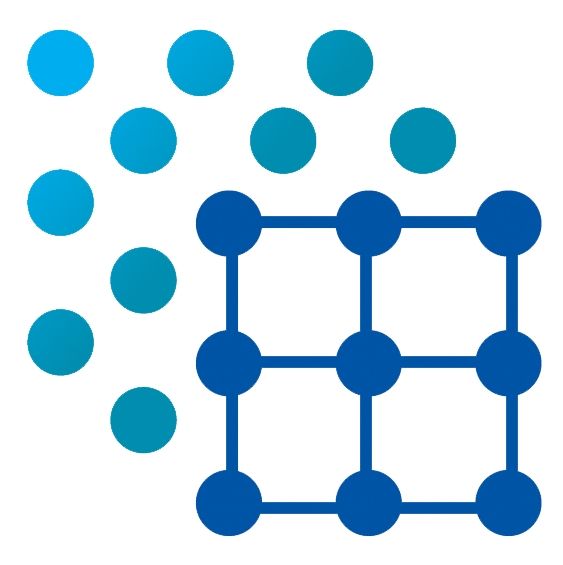Curiosity may have killed the cat, but it’s the lifeblood of a well-functioning analytical lab. A few days ago, Todd was preparing a water chiller for shipping and washed out some corrosion products with acetic acid. The resulting solution was left in a beaker over the weekend and when we returned, he noticed that it had formed rather large crystals. So he did what any curious person with a lab full of XRD instrumentation would do. He ground it up
- 5998 Brookstone Ct Aubrey, TX 76227Monday-Friday: 9am to 5pm Central TimeSaturday / Sunday: By appointment only+1 (940) 453-8786KSA@KSAnalytical.com


